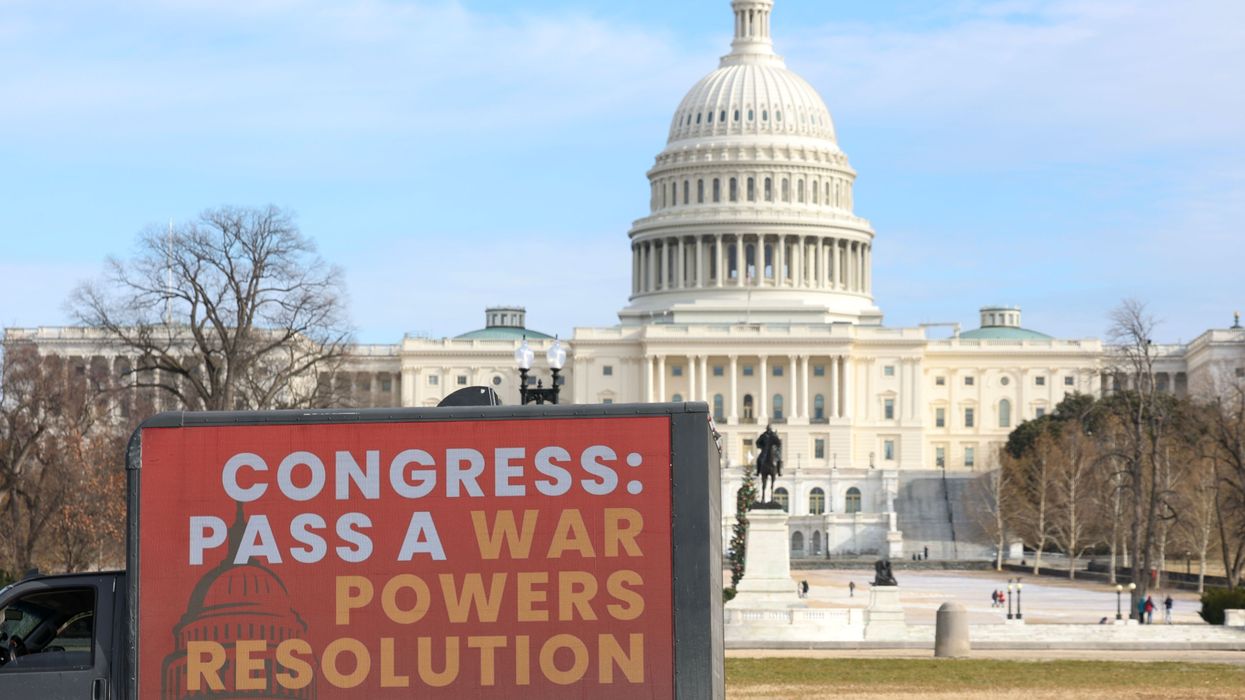The Center for Biological Diversity filed suit today against the Bureau of Land Management and the Fish and Wildlife Service for their failure to protect endangered California condors in the Grand Canyon from toxic lead ammunition and their failure to protect other endangered species, including the desert tortoise, in crafting management plans for huge tracts of public land adjacent to the Grand Canyon.
The management plans at issue govern most activities in the remote and scenic "Arizona Strip" - 2 million acres of mostly public land in northwestern Arizona cut off from the rest of the state by the Grand Canyon to the south. The land includes two popular national monuments: Grand Canyon-Parashant and Vermilion Cliffs.
"At a time when other agencies are stepping up efforts to get toxic lead out of the food chain, the Bureau of Land Management has authorized hunting activities that will result in continued lead poisoning of Grand Canyon condors," said Jeff Miller, a conservation advocate with the Center for Biological Diversity. "If we want condors to survive, we must stop using ammunition that contaminates their food supply with toxic lead, especially in national monuments."
California recently switched to mandatory non-lead ammunition for hunting in the condor range, and earlier this month the National Park Service issued nationwide regulations ending use of lead bullets and lead fishing tackle in national parks. Yet the Arizona Strip management plans allow the continued use of lead ammunition by hunters on Bureau of Land Management lands, despite overwhelming evidence concerning the impacts of lead ammunition on condors and in violation of the requirements of the Endangered Species Act to avoid jeopardizing the species. The plans also authorize a number of other destructive activities, including livestock grazing, illegally constructed roads, off-road motorized vehicles, construction of power lines, oil and gas exploration and drilling, and uranium mining, which will result in harm to habitat for the desert tortoise and other protected species.
"Lead poisoning is a huge problem, not just for the condor but for other wildlife and even humans," said Jay Lininger, an ecologist with the Center for Biological Diversity. "Non-lead ammunition is now available for virtually all hunting uses, including the recent development of non-lead .22 rimfire ammunition, previously thought to be technically infeasible. Our national monuments should lead the way in protecting the magnificent condors of the Grand Canyon from further lead poisonings."
Condors were first reintroduced to the Vermillion Cliffs in 1996, and were classified as an "experimental nonessential population" under the 10(j) rule of the Endangered Species Act. Now more than 60 condors fly freely throughout the Arizona Strip as well as adjacent and nearby lands, including the Grand Canyon National Park and lands in Utah and Nevada.
Since condors have been released in Arizona, at least 12 to 14 have died of lead poisoning, their leading cause of death. Evidence is overwhelming, and there is scientific consensus that hunter-shot lead ammunition is the primary, if not the sole, source of the lead poisoning condors, who often feed on carcasses and gut-piles of hunter-shot game. Increasing numbers of the wild condor population must periodically receive emergency treatment for lead poisoning to save their lives. In 2006, 95 percent of all Arizona condors had lead exposure and 70 percent of the Arizona population was treated. Condor experts have concluded that as long as lead ammunition is used in the condor range, recovery of the species is unlikely.
Hunting is allowed in most of the Arizona Strip, including the national monuments, and no restrictions are imposed on the use of lead ammunition by either the Bureau of Land Management or the Arizona Department of Fish and Game. The lawsuit would require the agencies to reconsider a non-lead ammunition requirement for hunting as an option for their management plans.
The listed status of Arizona condors changes depending on where the birds are - when they are over the Grand Canyon and other national monuments they are considered threatened, while elsewhere they are considered species proposed for listing. A special 10(j) rule allows incidental "take" of these condors only if it is unavoidable and unintentional, and through an activity that is non-negligent and incidental to a lawful activity, such as hunting. Lead poisoning of condors from ammunition is avoidable, since safe, reliable non-lead bullets and shot that are not toxic to condors are available for big-game hunting and perform as well or better than lead ammunition.
The legal complaint is filed against the Bureau of Land Management for adoption of its Arizona Strip management plan in January 2008, and the Fish and Wildlife Service for its flawed 2007 Biological Opinion on that plan. The complaint charges the agencies with failure to comply with the National Environmental Policy Act, the Federal Land Policy and Management Act, and the Endangered Species Act by refusing to incorporate actions necessary to protect public lands and endangered and threatened species from adverse impacts.
More information about the lead poisoning threat: www.savethecondors.org




